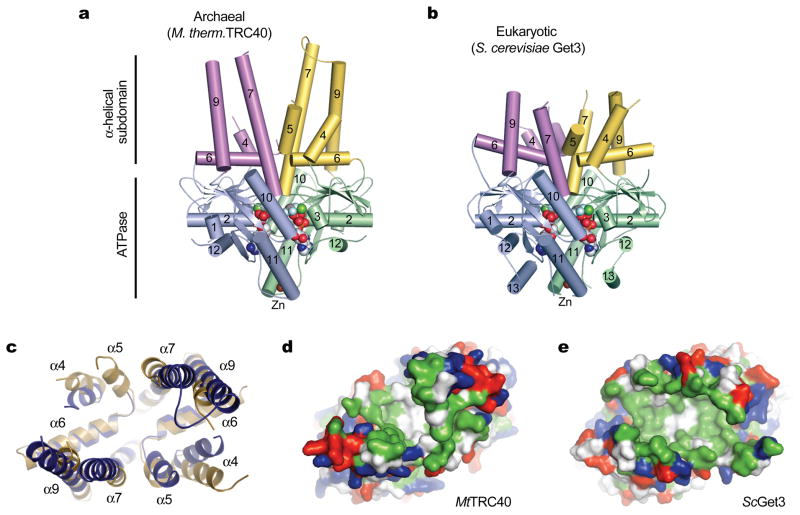Figure 1. An evolutionarily conserved hydrophobic groove in archaeal TRC40.
Comparison of (a) M. thermautotrophicus TRC40 and (b) S. cerevisiae Get3 Mg2+ADP•AlF4− complexes (19). The ATPase domains are colored blue and green; α-helical subdomains are colored magenta and yellow; nucleotides and metals are shown as spheres. (c) Overlay of the composite hydrophobic groove in MtTRC40 (dark blue) and ScGet3 (gold). Surface representations of the closed dimer grooves from (d) MtTRC40 and (e) ScGet3, oriented as in (c). Hydrophobic residues are colored green; positively and negatively charged residues are colored blue and red respectively.

